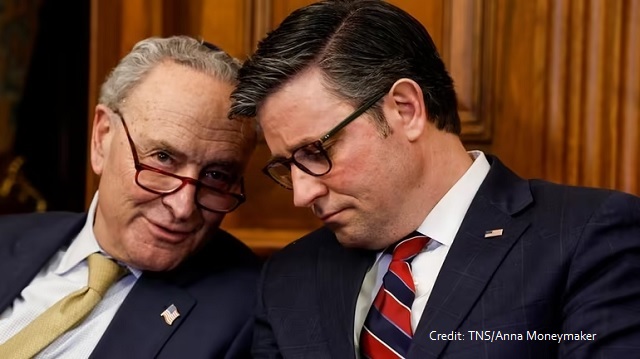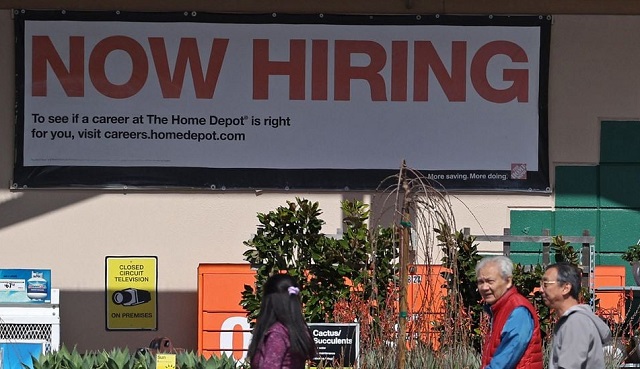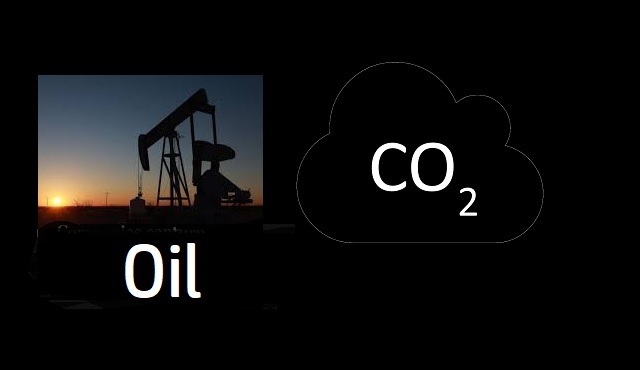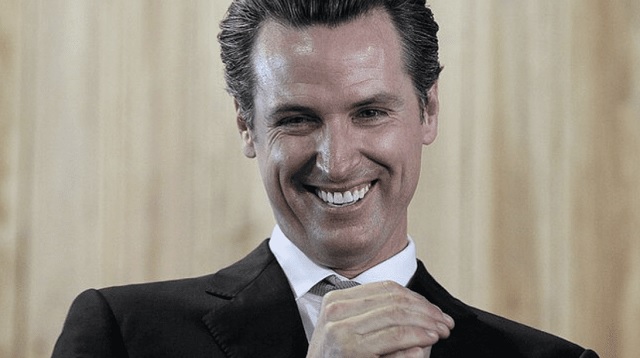
Russia | Special Dispatch No. 11257
In the Russian magazine “Military Review,” columnist Victor Biryukov recently discussed the main preconditions that made possible the March 22, 2024 attack on the Crocus City Hall music venue in Moscow, in which approximately 144 people were killed. The author argues against the migration policies of the Russian government and highlights radicalism among migrants. Citing several experts’ opinions, the article calls for radical changes of migration legislation, the introduction of visa controls, and a tougher migrant policy.[1]
The March 22 attack on the Crocus City Hall venue in Moscow.
Following is a translation of the article:
“Islamic radicalism, in a broad sense, can be perceived as an ideological doctrine and political practice based on it, that constitutes an ideological basis for the activities of radical Islamist organizations, the latter taken together form a radical Islamic movement. According to a number of researchers, only Islamist groups have fully developed political extremist ideology in modern Russia.
“In recent years, the propaganda of radical Islam has often been carried out rather freely on social networks, and there is virtually no fight against it since Moscow pursues a rather aggressive policy of ‘peoples’ friendship’ constantly emphasizing the country’s multinational character and cultural diversity. On the contrary, [Russian] officials and law enforcers simply turn a blind eye to many things [violations]. This is ascribed to, among other things, the fact that there is a powerful [pro-]migrant lobby in the government, which supports the mass influx of migrants from Central Asia to Russia.
“In the article ‘World Jihad – A Threat Not Only To Israel And Europe, But Also To Russia,’[2] the author of this text wrote the following, ‘if tomorrow the radical Islamists will target Russia, and not Israel, then Muslims who have acquired Russian citizenship, but treat our culture with contempt and arrogance, may follow the path of terror. This prediction, unfortunately, came true in the end [the ‘Crocus City Hall’ attack].
“The terrorist attack in the Moscow Oblast’s ‘Crocus City Hall’ became possible, apparently, for two reasons:
“First, it is the aforementioned free propaganda of radical Islam, against which, as mentioned above, almost no one is fighting. The [detained] Tajiks were persuaded to conduct a terrorist attack by a some ‘preacher,’ who was an authority figure for them. We are talking about religious lessons provided by the Islamic State – Walayat Khorosan (ISIS–K), an organization banned in Russia, as at least one of the terrorists was member of a chat room called ‘Rahnamo ba Khuroson,’ which is directly associated with the organization.
“Second, it is the migration policy, thanks to which hundreds of thousands of ‘Guest workers’ from Central Asia enter Russia (and many subsequently obtain citizenship under a simplified procedure); they, practically, do not know the Russian language, are completely alien to Russian culture, and are often adherents of radical Islam. The Tajiks who committed the terrorist attack had virtually no command of Russian, were religious fanatics, and had no problem agreeing to shoot people in Russia for money.
“I Learn Lesson – I Listened To Sermons[3]
“The debates about who is the true mastermind behind the terrorist attack in ‘Crocus City Hall,’ which took the lives of 137 people, according to official data, as of the evening of March 24 (however, according to unofficial data there are 150 victims), are in fact, in the author’s opinion, of secondary importance, because the key role, as has already been said, was played by two factors: radical Islam and uncontrolled migration policy.
“At the moment, there are several versions regarding the mastermind of the attack.
“The Western press and the U.S. authorities name ISIS terrorists as the main culprit of what had happened. This version confirmed by the fact that the ‘Amaq’ news agency associated with ISIS published a video of shooting of people in ‘Crocus City Hall’ venue, filmed by Tajik-terrorists. The footage is frightening, among other [atrocities] it depicts as one of the wounded [attendees of the venue] has his throat cut with a knife.
“Some Russian media and the majority of bloggers and war correspondents claim that the real masterminds behind the terrorist attack are the Ukrainian political leadership, which was assisted by Western security services. The fact that the terrorists were fleeing towards the Ukrainian border, apparently expecting to hide there, and the fact that many Ukrainian officials openly gloated over the tragedy, indirectly point to Kyiv’s involvement.
“As of now, there is no direct evidence of this [version] (Belarusian ambassador Dmitry Krutoy stated that Belarusian security forces assisted in protecting the border to prevent the terrorists from fleeing, which indirectly evidences that the terrorists could have tried to hide in Belarus). Be that as it may, some domestic political analysts rushed to claim that somehow putting the blame on Ukraine is a political necessity, regardless of how events actually occurred.
“‘Russia’s task is to facilitate a political isolation of the Ukrainian terrorist regime by pointing out as much as possible to the connection of the terrorist attack with the Ukrainian authorities, and not with ISIS. To this end, it’s necessary not only to demonstrate the terrorists’ connection with Ukraine, but also to destroy the American version of the terrorist attack,’ writes, for example, political analyst Sergey Markov. He also urged ‘not to sow interethnic discord,’ assuring that ‘there will be no purge of migrants’ and the migration policy will remain intact.
“The author [of this article] will not contemplate the problem of the terrorist attack from a politicized point of view, will not search for some secret signs and make some conclusions about the mastermind behind the terrorist attack. However, the fact remains: the terrorist attack was committed by citizens of Tajikistan, who had no command of Russian, were adherents of radical Islam and listened to radical sermons (wherein, some public figures continue to assure that terrorism supposedly ‘has no nationality and religion’).
“‘I listened lessons there… on Telegram, learn lesson. Listened to sermons. The assistant to the preacher texted me,’ said Fariduni Shamsuddin (one of the terrorists) during an interrogation. He gladly accepted the offer to earn money from killing ‘infidels,’ because he ‘was high’ from killing people.
“The Tajiks who killed more than a hundred people were not professionals, judging by the published videos [of the attack], they do not handle arms well, do not control sectors [of the premises] and do not cover each other; they simply shoot left and right. True, they agreed to kill for money, but it is obvious that they enjoyed the ‘process’ per se. And there are several millions of such ‘foreign specialists’ in Russia.
“There are those who will argue, ‘But what point for Islamists to blow up something and kill someone [in Russia]? After all Moscow maintains good relations with the Islamic world: Iran, the UAE, and even with radical Islamist organizations: Hezbollah, Hamas, the Taliban, etc., and [the Kremlin] does not prevent encroaching Islamization [of Russia].’ Wherein, such people forget that the Islamic world is extremely diverse, and radical Islamists, supporters of armed jihad (and not of ‘peaceful Islamization’), have not gone anywhere.
“And ‘flirting’ with radical Islamists like the Taliban and Hamas is extremely dangerous, as today they might be smiling in your face, while grasping a dagger behind their backs, but tomorrow they may change their stance. The well-known Russian researcher of Islam, Igor Dobaev in his book ‘Islamic Radicalism: Genesis, Evolution, Practice’ rightly pointed out the following: ‘As a rule, stopping terrorist activities is a forced step dictated by the fear of repressions from the authorities. The Islamists’ compliance with generally accepted in modern conditions rules of the political game, is perceived by them only as a temporary truce with the ‘infidels’ represented by the official authorities. The prerequisite for such a truce, according to the traditional Islamic interpretation of law, is the temporary (military or political) weakness of ‘the faithful.’ Once strength is restored, the fight against the ‘infidels’ should be continued.’
“Uncontrolled Migration Facilitates An Ideal Recruiting Base For Terrorists
“Mass migration from Central Asian states, uncontrolled granting of [the Russian] citizenship, unregistered mosques, propaganda of radical Islam (which no one, actually, fights against) – this is the ‘soil,’ in which the ‘mushrooms’ of terrorism and Islamic extremism grow.
“An entire network of Islamist groups operates in Russia, wherein not only in [Russia’s] republics with predominantly Muslim population, but also in ‘Islamic enclaves’ of non-Muslim regions of the country, clustered around mosques (sometimes unregistered) which pop up in these territories. These Islamist network structures prepare the ground for devising more ambitious plans to reformat the country’s political field.
“Leaders of some Muslim organizations openly engage in heavy criticism of the activities of law enforcement agencies and publicly support the today’s migration policy, advocating the mass importation of their fellow believers from Central Asia. According to some experts, a sustainable and influential ‘Islamist lobby’ has developed in Russia. Taking advantage of this, the Salafist wing of Muslims has tried out in different regions a new format for them: authorized rallies, mobilizing their supporters there.
“Enjoying such network organizations, the terrorists face no problems in recruiting supporters. Public activist Roman Yuneman, rightly points out: ‘No matter who was behind the organization of the terrorist attack, whether it was HUR [Ukrainian intelligence][4] or not, it is important to remember: mass uncontrolled migration facilitates an ideal recruiting base for terrorists, criminals, or any intelligence services. Diasporas and illegal employment services, hostels and ‘rubber apartments,’[5] markets, ethnic MMA clubs and gyms, hidden prayer rooms and clandestine mosques – all this grey infrastructure with its closed economy and corrupt connections will endlessly generate recruits for organized crime and terrorist structures. And then such people can be recruited by HUR, banned ISIS, you name it… [It is necessary] to destroy the recruitment base via institutional measures: radical restriction of the inflow of migrants, visa regime for the rest [who wishes to enter the country], employer must be responsible [for his migrant employees], tougher penalties for fictitious residence permits and ‘rubber apartments,’ zero tolerance regime [toward migrants].’
“In turn, political analyst Nikolai Sevostyanov notes that there are hundreds of thousands of people who have obtained Russian citizenship circumventing the law by ‘negotiating [the price of such venture]’ at closed migrant chat rooms, where any issue can be dealt with. Migration, according to the analyst, ‘has turned into a pernicious mold eating away at the state.’
“‘Migration has become a threat to the state per se. There is a full-fledged army stationed in our cities, living by its own rules, in its own parallel world, beyond the reach of Russian laws, which is overflown with Wahhabi dogma and hatred of the indigenous population…
“The first thing to do: to conduct a comprehensive audit of passports issued over the recent years (at least over eight last years), and revoke citizenship from those who obtained it with violations. The second thing – is to declare a temporary moratorium on granting citizenship to those Central Asians, who do not belong to the indigenous peoples of Russia. The third – is to implement a ‘zero-tolerance’ regime in relation to any criminals among naturalized citizens. And the fourth thing to do is to eliminate organizing structures that contribute to the formation of judicial, security and economic mechanisms parallel to the state [ones],’ said Sevostyanov.
“As a matter of fact, labor migration to Russia is difficult to analyze logically, since, as political scientist Yuri Baranchik noted, it looks less like labor migration and more like barbarian invasions.[6]
“Wherein, it does not seem that officials are planning to change anything. Migration policy lobbyists, who immediately after the terrorist attack began propagated narratives via some media outlets (in particular, via ‘Kommersant’ newspaper) that the terrorists were not natives of Central Asia, but ‘Slavs with false beards,’ are now dispersing other narratives. [The latter claim] that those who advocate changes in migration policy are ‘agents of enemy intelligence services,’ ‘racists,’ ‘inciters of ethnic hatred,’ etc.
“Naturally, there are those who actively advocate for an immediate toughening of migration policy, for example, State Duma deputies Mikhail Matveev and Mikhail Sheremet. The latter proposed to limit the entry of migrants into Russia, at least for the duration of the special military operation [the war in Ukraine]. Alas, in essence, this is a lone voice in the wilderness.
“Be that as it may, without changes in migration policy, the threat of new terrorist attacks will continue to remain high, because Islamic radicalism in Russia enjoys ‘fertile soil.’
“If now the ‘preachers’ can easily find, among their supporters, those who are ready to kill people in the ‘Crocus City Hall’ venue in Krasnogorsk, then what will happen if they call for even more atrocious actions?”
[1] Topwar.ru/239011-propovednika-slushal-terakt-v-krokus-siti-holl-kak-rezultat-provalnoj-migracionnoj-politiki.html, March 27, 2024.
[2] Topwar.ru/index.php?do=go&url=aHR0cHM6Ly90b3B3YXIucnUvMjI4MjMxLXZzZW1pcm55ai1kemhpaGFkLXVncm96YS1uZS10b2xrby1ldnJvcGUtaS1penJhaWxqdS1uby1pLXJvc3NpaS5odG1s)
[3] The syntax of the sentences is broken due to the detainees’ poor knowledge of the Russian language.
[4] Main Directorate of Intelligence of the Ministry of Defence of Ukraine (HUR)
[5] “Rubber apartments” is a colloquial term for a residence used to register migrants en masse. A single such apartment building can “host” thousands of migrant workers.
[6] The author refers to the so-called migration period, or barbarian invasion of the Roman Empire 100-500 CE.
EDITORS NOTE: This MEMRI column is republished with permission. ©All rights reserved.















